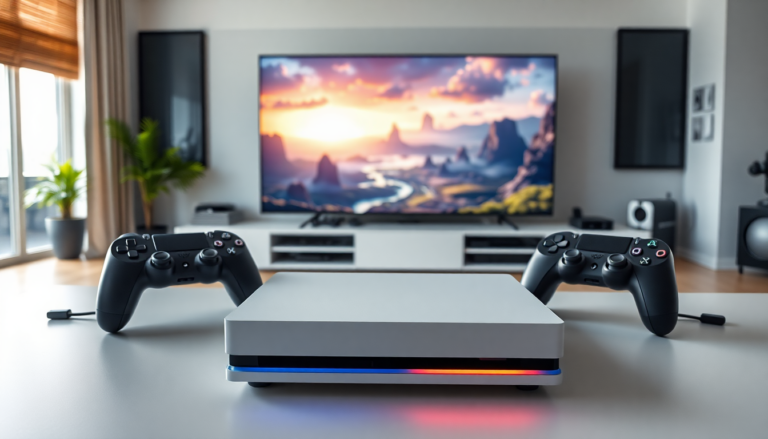Argomenti trattati
Introduction to the next generation of gaming consoles
The gaming industry is on the brink of a new era as we approach the launch of the PS6 and the next Xbox. While raw power is a given, the real question lies in how these consoles will maintain market relevance amid shifting business strategies and consumer expectations.
Power vs. Business Strategy
Historically, the introduction of new consoles brought significant advancements in graphics and performance. However, the transition from PS4/Xbox One to PS5/Series X has shown that merely increasing power may not be enough. As we move towards the tenth generation, manufacturers must rethink their strategies to attract consumers.
Debunking myths about enhanced visuals: One common misconception is that more powerful consoles will dramatically enhance the visual quality of games. The truth is, many limitations stem from production budgets, development time, and the increasing complexity of game design. For instance, the push for expansive open-world games often compromises visual fidelity as studios rush to deliver content.
Myth 1: Significant visual improvements on next-gen
While advancements in technologies such as ray tracing (RT) and machine learning (ML) may improve visuals, the leap won’t be as pronounced as we’ve seen in previous generations. Instead, the focus should shift to more sustainable development practices that prioritize quality over mere power.
Myth 2: All hardware will scale uniformly
Another assumption is that all components will scale at the same rate with new hardware. This is misleading; different components have unique scaling dynamics and may not benefit equally from increased processing power.
Myth 3: Enhanced consoles lead to gameplay innovations
Finally, the idea that more powerful consoles will automatically yield more innovative gameplay is flawed. Past generations have shown that true innovation often comes from outside the confines of hardware capabilities, relying instead on fresh ideas and creative risks.
Innovative business strategies for modern consoles
To remain competitive, console manufacturers must adapt their business approaches. Here are some potential strategies:
- Integrating productivity features: Similar to the Amiga, future consoles could become more than just gaming devices. By offering productivity tools, these systems could cater to a broader audience.
- Removing online paywalls: As free-to-play models gain traction, the need for subscription-based online play might diminish, allowing consoles to attract a wider user base.
- Launching hybrid devices: With the success of portable gaming, companies like Microsoft and Sony could explore hybrid console-handheld devices to stay relevant in a mobile-centric market.
Nintendo’s unique position and strategies
Nintendo has consistently demonstrated a commitment to innovation and user engagement. The Switch has proven that unique hardware concepts can succeed, and future iterations like the Switch 2 may expand on this model.
Potential new hardware models
Rumors suggest that a Switch 2 Pro could offer enhanced performance, catering to both core gamers and casual users. This would allow Nintendo to maintain its competitive edge while exploring new gaming experiences.
Additionally, a more economical Switch 2 Lite could tap into emerging markets, providing a budget-friendly option without compromising quality. Such strategies could further solidify Nintendo’s dominance in the gaming landscape.
Looking ahead: The role of artificial intelligence
As we venture into the next generation, artificial intelligence is poised to play a crucial role in both game development and gameplay mechanics. Enhanced AI algorithms could streamline production processes, reduce development times, and introduce groundbreaking gameplay elements.
Conclusion: The future landscape of gaming consoles
As we anticipate the arrival of the PS6 and next Xbox, the industry must shift its focus from raw power to innovative strategies that enhance user experience. With the potential integration of AI, productivity features, and hybrid models, the future of gaming consoles promises to be exciting.

